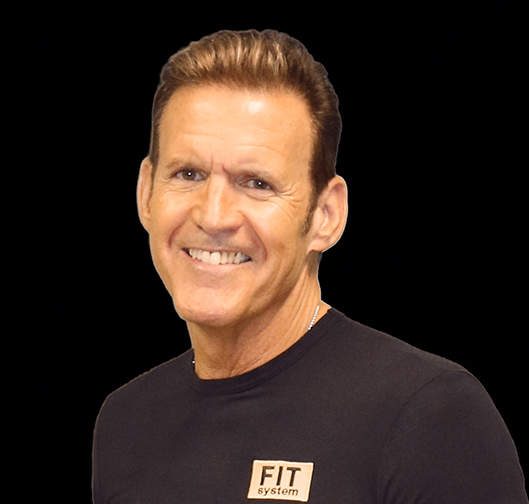It seems that every week there’s a new finding on how to eat, what to eat, what not to eat — all advice designed to help us lose weight.
I’m always interested by the number of people I come into contact with each week who are trying a “new” diet program because the one touted in last week’s big news splash didn’t work.
The first question I ask is this: how often do you change the brands or types of oil or fuel you use in your truck?
This may seem completely unrelated to your food intake — but think about it.
When it comes to your truck, or even your personal vehicle, I’m sure you want to put in the best products that will give you the best outcomes in terms of mileage, performance and endurance.
The same could be said of what you put into your body. This why it’s important to learn about understanding what works best for you when deciding what foods are best for fueling your body.
Here are some tips that can help you navigate the jungle of food and diet options out there.
Be realistic when setting goals, and then be consistent.
Reaching and maintaining good health is about being consistent, along with setting realistic goals based on the lifestyle of everyone who’ll be impacted by your food choices. For instance, if you typically travel and cook with a partner whose nutritional needs vary from yours, meal prep can be a challenge. Find middle ground, or make it a rule that you each prepare your own meals.
In addition, eating healthy can be a challenge for drivers. When shopping at your favorite travel center when you stop to fuel up, options are often limited. If you must eat at a travel center, a good rule to follow is search for salads in the cold-case section. I suggest stocking up on prepackaged, ready-to-eat tuna, chicken or salmon packs that you can add to a salad for extra protein. (You can also look for canned products in the convenience store.)
Pay attention to food labels and ingredients.
Know what’s in the food you’re eating. In particular, beware of an item’s sodium level (this means salt). Consuming too much sodium can lead to high blood pressure, even for a healthy person — and if you already have high blood pressure it can make it hard to manage your levels.
The recommended daily allowance (RDA) for sodium is no more than 2,000 mg. That’s equivalent to about one teaspoon of salt for the entire day!
Watch your serving sizes.
Another rule to follow is to pay attention to the number of servings noted on a product’s nutritional label.
Food packagers are tricky! That “individual” package that has two oh-so-yummy chocolate-chip cookies probably actually contains TWO servings rather than one. That means that if you eat both cookies, you’re getting double the calories, sugar, etc. The nutritional info for other packages that appear to be “single serving” may actually allow for three — or even more — small servings.
This is where many of us make a huge mistake in not calculating our caloric intake, if you are counting calories and watching sugar. For example, one 12-ounce can of non-diet soda has about 36 grams of sugar. Let’s see … 1 tablespoon of sugar is equal to 12 grams, so 36 divided by 12 equals 3 full tablespoons of sugar in a single serving.
According to the American Heart Association, the RDA of sugar is 36 grams (9 teaspoons) for men and 25 grams (6 teaspoons) for women. That means that, for women, one can of soda can be responsible for 50% of sugar intake for a 24-hour period!
In short, it’s vital that you understand the amount and type of fuel your body (your “engine”) requires and needs, and that you meet those needs without going over the recommended limits.
To read more from Bob Perry, click here.
Bob Perry is a regular contributor to The Trucker. He has spent nearly the past four decades on a mission to educate professional drivers and share life-changing products and services to help them live healthier lives while on the road. Recognized throughout the transportation industry, from bus drivers to over-the-road professional drivers, Perry has played an important role in creating a paradigm shift helping regulatory agencies, private and public sector entities, and consumers understand the current health challenges of the professional driver. He has participated as a wellness advocate in several roundtable discussions, large audience groups and small forums as well as going “curbside” through a national truck stop tour.
Bob’s articles have been featured in The Trucker and a number of other national transportation industry publications and is the host of a weekly wellness call produced by Rolling Strong. Bob has been a regular guest on RedEye Radio and Land-Line Radio, and is often an invited guest on Sirius radio shows. He has been featured in the New York Times, Men’s Health Magazine, Drug Store News, American Road Magazine, WSJ, NPR, ABC National Radio, as well as hundreds of daily newspapers. He has appeared on television news shows across the nation, including a featured TV segment on ABC NightLine News.





